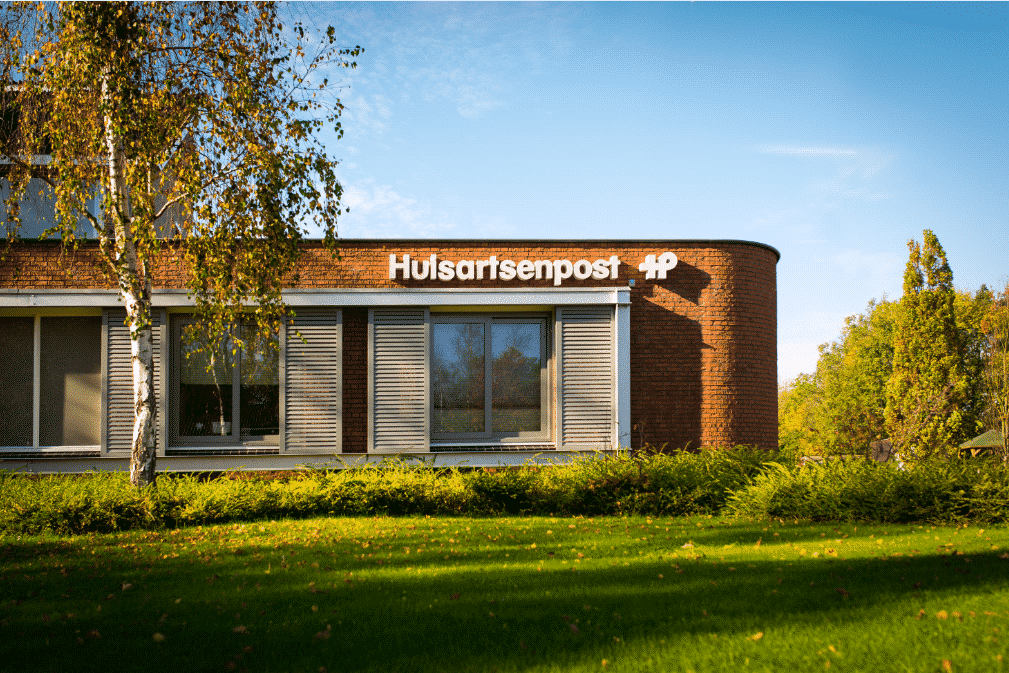
LSP News
16-02-2023 -LSP Facts!
How does the National Exchange Point (LSP) work?
The general practitioner and the pharmacist each keep a file on their patients. They may share certain information with other healthcare providers. This is done through the National Exchange Point. The majority of public and outpatient pharmacies, GP practices, out-of-hours GP services and hospitals in the Netherlands are connected to it. And more and more care providers are being added, such as mental health institutions, independent clinics, nursing homes and care groups (for integrated care).
Who can make patient data available for inspection by other healthcare providers via the LSP?
Two healthcare providers can make a patient’s medical data available for inspection by other healthcare providers via the National Exchange Point: the general practitioner and the pharmacist. They may only do so with the explicit consent of the patient: the opt-in.
How do you request explicit consent?
When requesting permission, the GP and pharmacist must first inform the patient properly. The patient needs to know exactly what he is giving permission for. This is described in the leaflet “Yes! I want to get a grip on my care.” By giving this leaflet to patients, the general practitioner or pharmacist fulfils his obligation to provide information. The leaflet also contains a consent form. The patient can fill it in, sign it and return it to the GP or pharmacist.
In addition to giving written consent, the patient can also do this online. Many GP practices and pharmacies participate in the website www.volgjezorg.nl. There, the patient can look up his healthcare provider and then, via DigiD with text message or with the DigiD app, give online permission.
The third possibility is for the patient to give verbal consent in the general practice or pharmacy.
Do healthcare providers earn money from data exchange via the LSP?
No, healthcare providers who exchange patients’ medical data via the LSP do not earn money from this. Only GP practices and pharmacies receive a limited contribution for requesting and processing patients’ consent (opt-in). They receive a small fee per patient for informing them about the National Exchange Point, processing the consent in their information system and registering the file with the National Exchange Point.
What medical data is exchanged via the LSP?
With the patient’s permission, the GP can share the Professional Summary (PS) of the GP file. The PS contains:
- The episode list (all open episodes);
- The journal list of the last four months or the last five consultations;
- The prescribed medication in the last four months;
- Measurements and results within the period of the delivered journal list;
- Information about allergies, drug intolerances and contraindications;
- Up-to-date transfer data.
The PS of the GP file can only be consulted via the LSP by (acting) GPs, for example at the GP post. They are only allowed to view this data if it is necessary for the treatment.
With the patient’s permission, the pharmacy can share the overview of medication dispensed (the medication file). It contains:
- Any medication provided to the patient;
- Information about allergies, drug intolerances and contraindications.
The medication overview can only be consulted via the LSP by (acting) general practitioners, for example at the out-of-hours GP service, (outpatient) pharmacies and doctors in hospitals and other institutions. They are also only allowed to view this data if it is necessary for the treatment.
Are you missing something? We’d love to hear from you! Send an email to Sandra van der Geer:
- E: svandergeer@sleutelnet.nl
- T: 071 – 514 01 40
- W: www.sleutelnet.nl
